Software
dahu
Data Analysis RPC server over Tango Dahu is a lightweight plugin based framework... ... technically a JSON-RPC server over Tango * plugin can be class or can be generated from state-less function * a plugin is executed within a job, each job lives in its own thread. * plugins have empty constructors plus 4 methods (or more) - setup allows to set the input parameters. It performs sanitization if needed - process does the taff - teardown sets the output and the logging and cleans up if needed - abort can be used to stop the processing if a plugin is a daemon. * the job is responsible for serializing on disk the plugin input and output * jobs can be launched using the tango interface (or other ...) * plugins have a single input and output, they are simple JSON-serializable dictionaries.
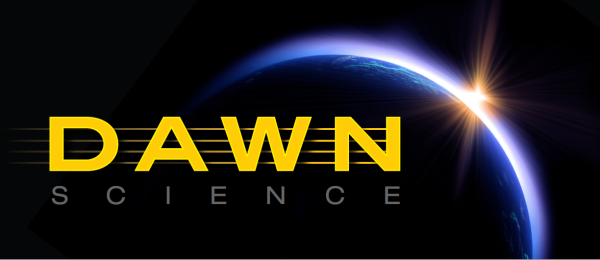
DAWN
DAWN, the Data Analysis WorkbeNch, is an Eclipse based application for scientific data analysis. It comes with a range of tools for visualization (1D, 2D and 3D), code development environments (for Python, Jython and Eclipse plug-ins) as well as processing workflows with visual algorithms for analyzing scientific datasets. It is primarily developed at Diamond Light Source, but external contributions are most welcome! DAWN is distributed freely and is released under the Eclipse Public License.

DiffPy-CMI
DiffPy-CMI is a library of Python modules for robust modeling of nanostructures in crystals, nanomaterials, and amorphous materials. The software provides functionality for storage and manipulation of structure data and calculation of structure-based quantities, such as PDF, SAS, bond valence sums, atom overlaps, bond lengths, and coordinations. Most importantly the DiffPy-CMI package contains a fitting framework for combining multiple experimental inputs in a single optimization problem.
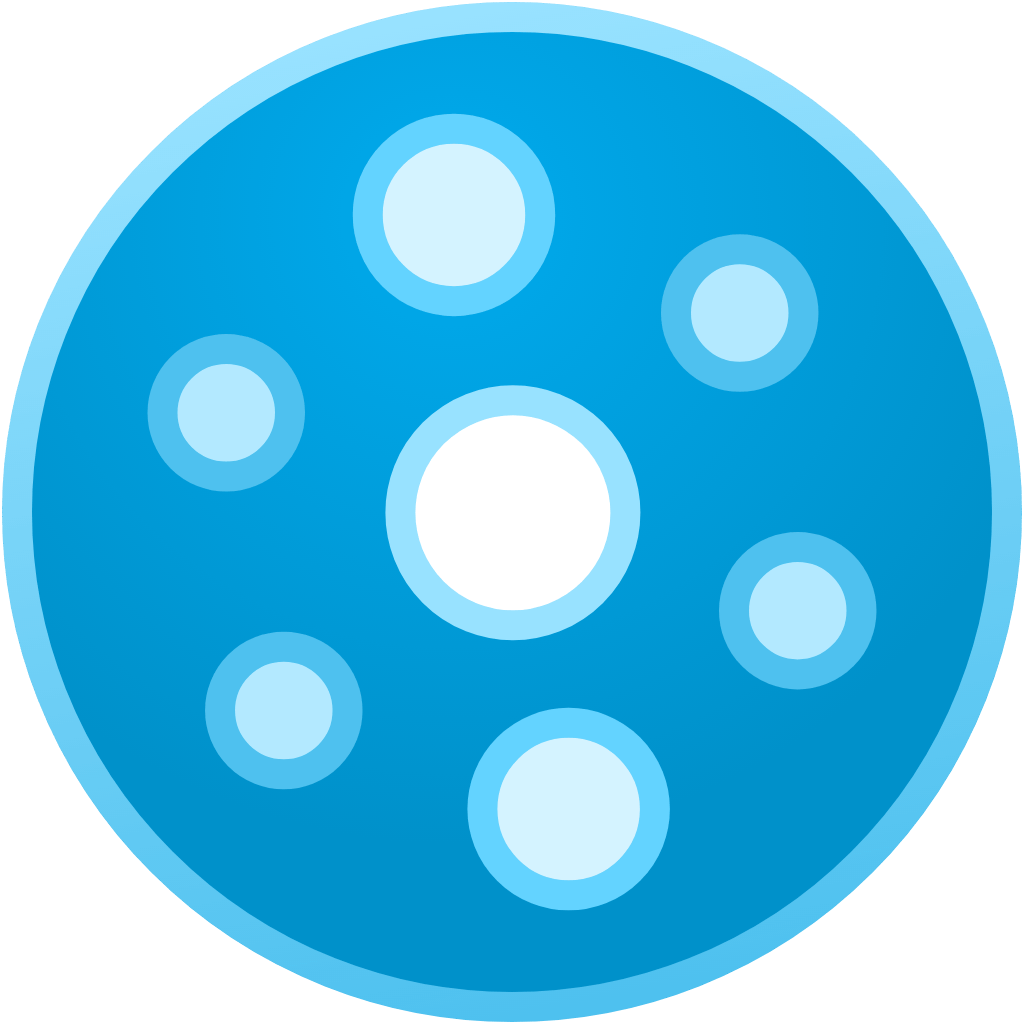
easyDiffraction
easyDiffraction is scientific software for modelling and analysis of neutron diffraction data, i.e., simulation of diffraction pattern based on structural model and refinement of its parameters. easyDiffraction is similar to crystallographic programs like FullProf, Jana, GSAS, ShelX, etc. However, unlike them, easyDiffraction is based on external crystallographic libraries, such as CrysPy to cover different functionality aspects within a single intuitive and user-friendly graphical interface.
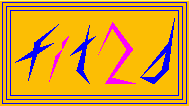
FIT2D
FIT2D is a general purpose 1 and 2 dimensional data analysis program. It is used for both interactive and "batch" data processing, and is used for different purposes. Calibration and correction of detector distortions is one of the main uses of FIT2D. Difficult data analysis problems may be tackled using fitting of user specified models. To enable model fitting to be performed on a wide variety of input data, many other more basic data analysis operations are also available. A wide variety of performant graphical display methods are available.

Fox/ObjCryst++
The FOX program was made for ab initio crystal structure solution from diffraction data (mostly powder diffraction data). Its most interesting features for ab initio structure determination are: * a versatile description of the crystal contents: either isolated atoms , molecules described using a bond length, bond angles and dihedral angles, and polyhedra for inorganic compounds. You can describe your structure by using any combination of groups of atoms, using a chemist's or crystallographer knowledge about the connectivity in your sample to constrain possible solutions.. * an automatic correction for special positions and shared atoms between polyhedra, suitable for global optimization algorithms. * the ability to use simultaneously multiple powder patterns (X-rays, neutrons), as well as single crystal data (e.g. extracted from a powder pattern) * smart global optimization algorithms which can get out of false minima. * a graphical interface (see the screenshots) with a 3D crystal structure view, with live updates during the optimization process.

McStas
A neutron ray-trace simulation package. McStas is a general tool for simulating neutron scattering instruments and experiments.

McXtrace
Monte Carlo Xray Tracing. Allows simulation of X-ray beam lines, as well as sample simulations in so-called virtual experiments.
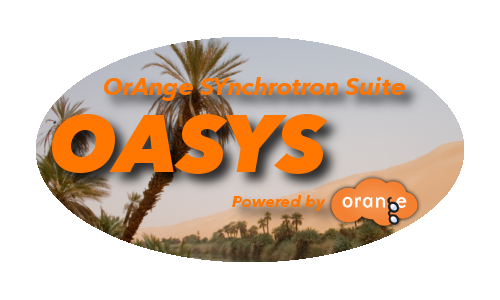
OASYS
OASYS (OrAnge SYnchrotron Suite) is an open-source Graphical Environment for optic simulation software packages used in synchrotron facilities, based on [Orange 3](http://orange.biolab.si/orange3/). It includes SHADOWOUI, a port to the [SHADOW](https://github.com/srio/shadow3) ray-tracing code and XOPPY (the Python version of [XOP](http://www.esrf.eu/Instrumentation/software/data-analysis/xop2.4)
P
Combined EXAFS and XRPD data analysis with EXAFS full multiple scattering calculations and whole-spectrum fitting. A code designed to maximise the usefulness of the EXAFS technique in the investigation of crystalline materials which powder diffraction (PD) methods could not uniquely resolve. The program retains many of the features of EXCURVE (s. the related web pages) and provides most of the PD features of the program GSAS. For EXAFS this includes full multiple scattering calculations and whole-spectrum fitting, but at present it cannot deal with EXAFS polarisation dependence. PD calculations currently exclude calculation of the thermal diffuse scattering contribution, which is included in the background.
PDFgetX3
PDFgetX3 is a command-line utility for converting X-ray powder diffraction data to atomic pair distribution functions (PDF) in automated batch processing. The interactive mode provides complete access to all parameters and intermediate results, as well as live-plotting feature for parameters tuning and visualization of their effects on the results. PDFgetX3 can be used either as a standalone application or as a Python library of PDF-processing functions.
PyFAI
pyFAI is an azimuthal integration library that tries to be fast (as fast as C and even more using OpenCL and GPU). It is based on histogramming of the 2theta/Q positions of each (center of) pixel weighted by the intensity of each pixel, but parallel version uses a SparseMatrix-DenseVector multiplication
Steca
The stress and texture calculator Steca is an interactive, graphical data reduction program for neutron and x-ray materials diffractometers.
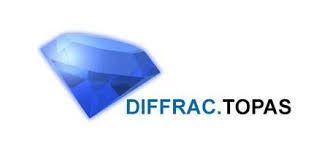
TOPAS
Profile and structure analysis software for powder and single crystal data XRD. Profile and structure analysis by integrating a large wealth of profile fitting techniques as well as related applications. Single Line Fitting Indexing (LSI and LP-Search methods) Whole Powder Pattern Decomposition (Pawley and Le Bail methods) Ab-initio structure determination in direct space from powder and single crystal data Rietveld structure refinement Quantitative Rietveld analysis

XOP (includes SHADOWVUI)
XOP (X-ray Oriented Programs) is a widget-based driver program used as a common front-end interface for modelling of x-ray sources characteristics of optical devices (mirror, filters, crystals, multilayers, etc.); multipurpose data visualizations and analyses

